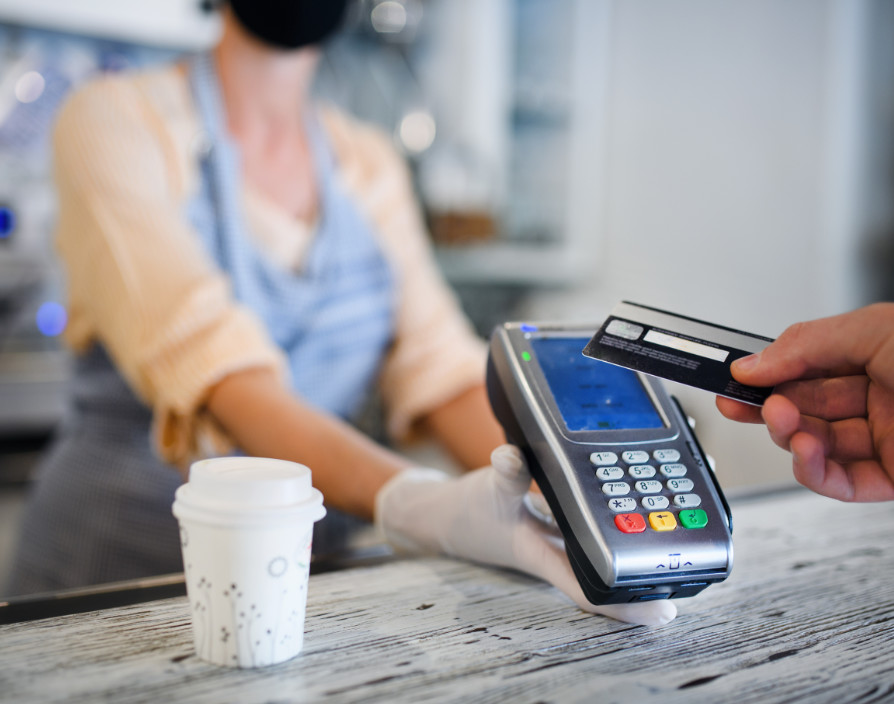On October 15th the contactless limit on debit and credit cards increased from £45 to £100, helping shoppers to make on-the-go payments more quickly and easily than ever before.
While many customers have had the ability of making higher value contactless transactions for some time through their e-wallets, secured by biometric security measures, this increase is good news for retailers and consumers alike.
COVID-19 has reset expectations and accelerated several existing consumer spending trends, leading to a rapid surge in the use of contactless and mobile payments in-store. Our payments data shows that in May 2021, contactless transactions increase by 43 per cent compared to the same period in 2019 ‘ a trend that is expected to continue into 2022. UK Finance research shows nearly a third of Brits (32%, 17m people) are now registered for mobile payments and use them regularly. Nine in ten 35’44-year-olds now use contactless payments; even among the over 65s, the demographic where adoption is the slowest, four in five have made a payment with contactless in the last year.
At Barclays Payments, we are in a privileged position; and process nearly £1 in every £3 spent using credit and debit cards in the UK. Additionally, we have been innovating with contactless technology for many years. As such, the expertise we have developed allows us to help businesses increase efficiency and consumer confidence around contactless payments – particularly now the limit has increased to three figures.
Changing consumer preferences aside, accepting contactless payments has clear benefits for retailers.
Contactless is faster
Contactless technology is the fastest card payment method in the UK (seven seconds, compared to 15 seconds for cash). This means a better, more convenient experience for customers, with fewer queues. Ultimately, faster payments mean more customers can be served, leading to increased revenue for your business, vital, in the busy pre-Christmas period.
It can drive cost savings
As more customers make contactless transactions with minimal staff intervention, checkout staff could be reduced or reallocated. It also reduces receipt handling because a physical receipt only needs to be produced for a contactless payment when a customer requests one, or for a higher value payment (over £100).
It’s secure
According to the latest figures from UK Finance, contactless fraud on payment cards and devices represented just 2.9 per cent of overall card fraud losses last year, while 55 per cent of all card transactions were contactless.
This is partly because contactless devices come with exactly the same protections as other card payments; in addition, customers will routinely be asked to enter their PIN to verify they are the genuine cardholder. In September 2020 new rules came into play which required PIN verification once a customer’s total contactless payment exceed a cumulative value, or when a number of consecutive payments have been made. If the customer’s card or device is lost or stolen, they are protected against fraudulent transactions as long as they report the loss to their bank as soon as possible.
So what next?
While the £100 contactless limit will be good news for retailers, some will need to take action to make the most of the increase.
The first thing to establish is whether your payment terminal has been upgraded to accept contactless payments up to £100, and higher with smart devices. If you are unclear about this, contact the terminal provider.
If your terminal doesn’t accept contactless payments up to £100, contact your acquirer or point of sale provider to find out the best way to enable this for your business.
As we head into the holiday period and the busiest quarter of the year, retailers big and small can save time, increase consumer satisfaction, and ultimately generate more revenue by accepting contactless payments. It’s a change which businesses can’t afford to ignore.
“
Share via:


















































